Popple illusion
Popple illusion or phase-shift illusion Catalogue of illusions
since July 13, 2006
Popple, A. V. and Levi, D. M. (2000) A new illusion demonstrates long-range
processing. Vision Research, 40, 2545-2549.
Popple, A. V. and Sagi, D. (2000) A Fraser illusion without local cues? Vision Research, 40, 873-878.
In the twelve images shown below, all the columns stand vertically but appear to tilt. The leftmost one appears to tilt counterclockwise, the next one clockwise, and so on.
Standard image
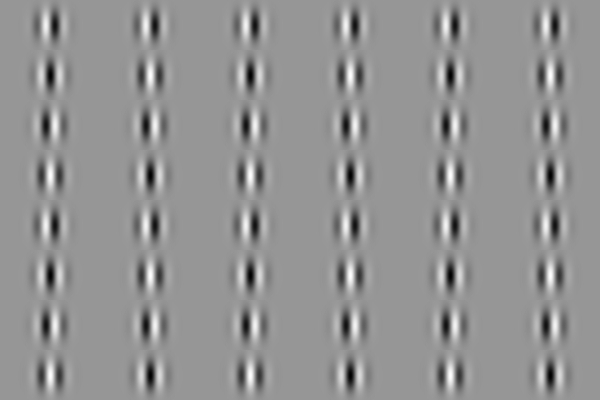
The images in which the windows of Gabor patches are expanded in the horizontal direction
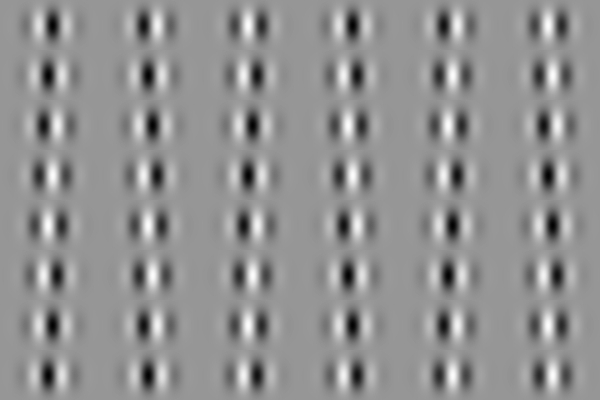
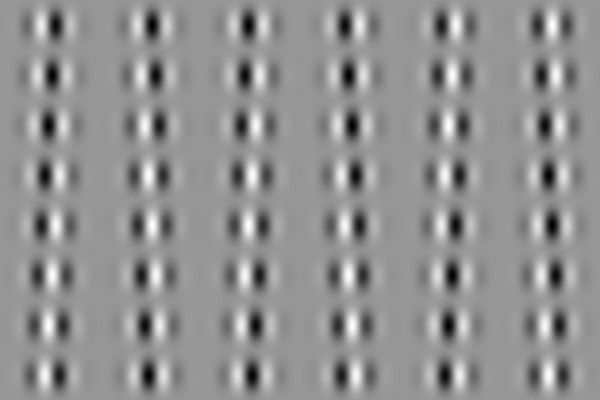
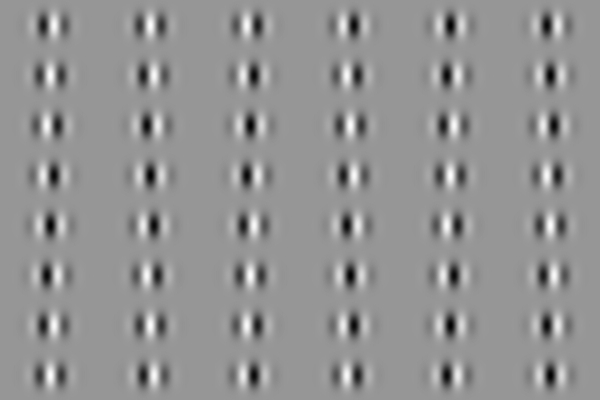
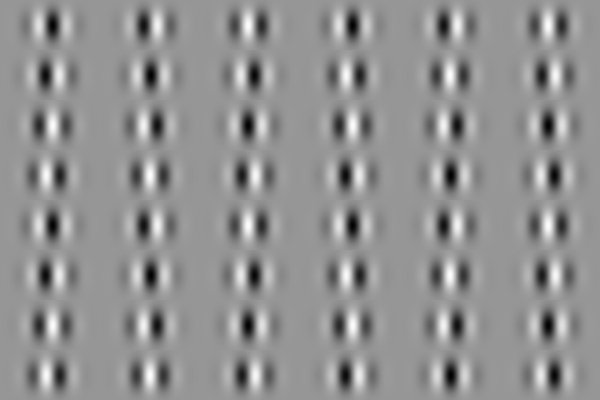
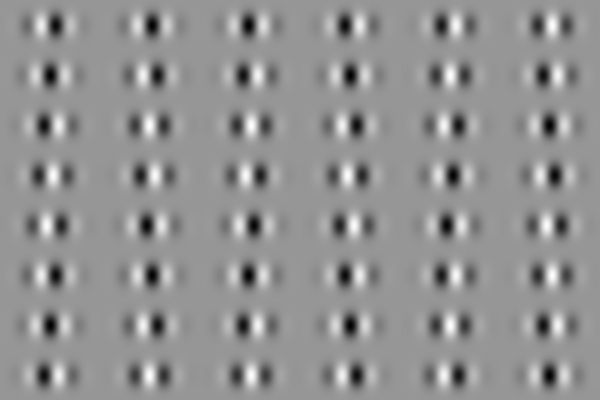
The images in which the windows of Gabor patches are expanded in the vertical deirection
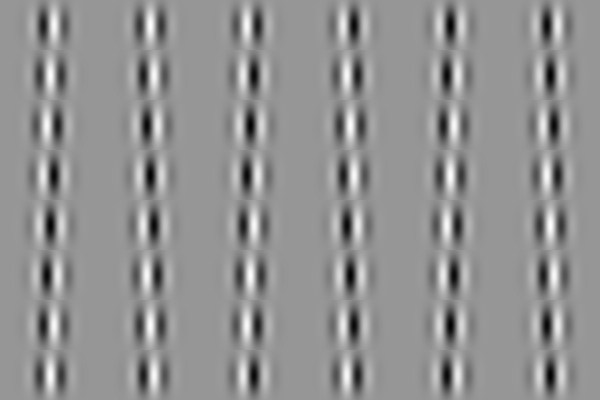
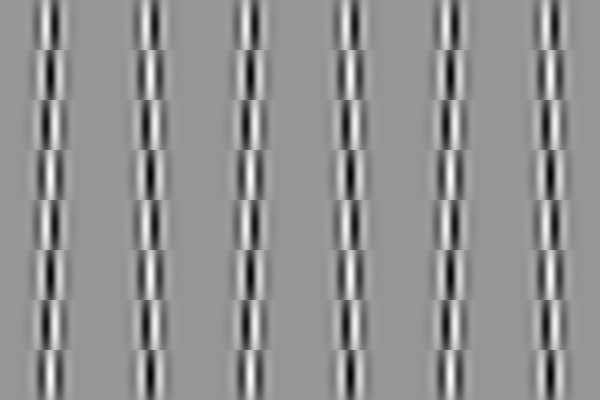
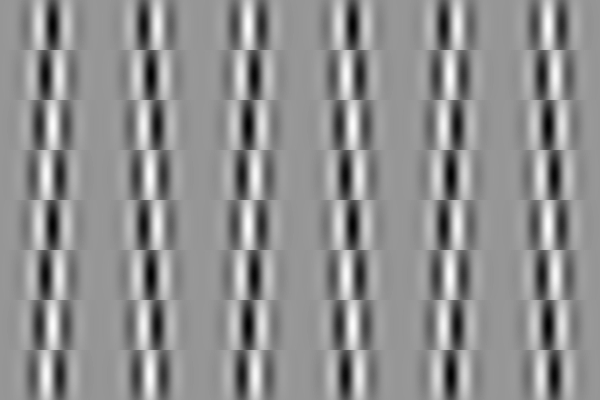
The images with carriers of high spatial frequency
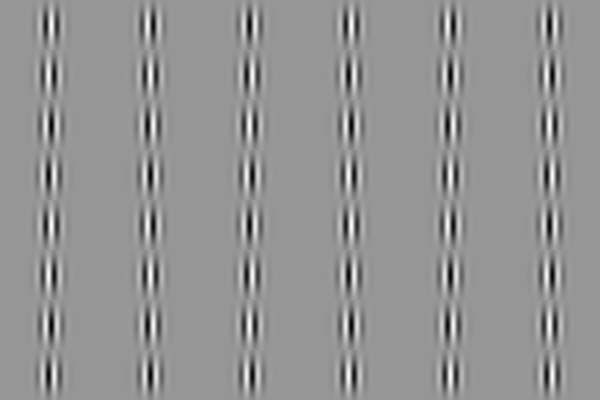
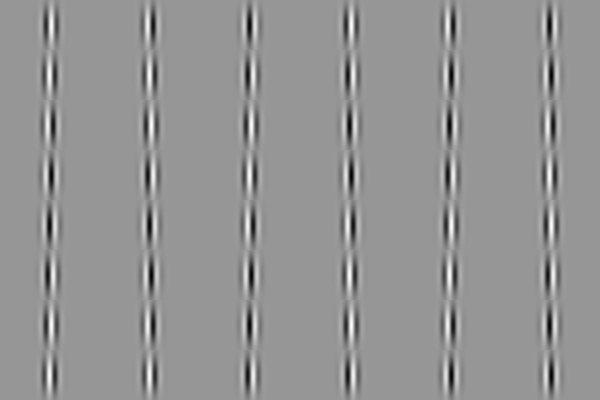
The image with small phase shifts
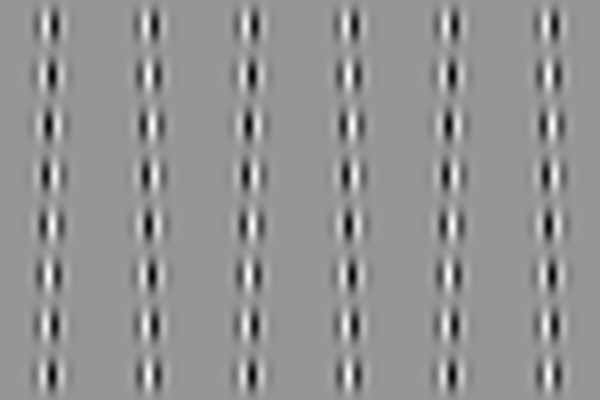
All produced by Akiyoshi Kitaoka 2006 (July 12)
It seems that high-spatial-frequency components suppress the illusion.


In addition, in some images, there appear gray clouds horizontally connecting the borders of Gabor patches. They are called visual phantoms, one of the visual completion phenomena. The demonstration shown below is a part of my talk in ECVP2005, Spain, which shows envelope phantoms.
Envelope phantoms
Low-contrast areas given by contrast modulation can form visual phantoms.
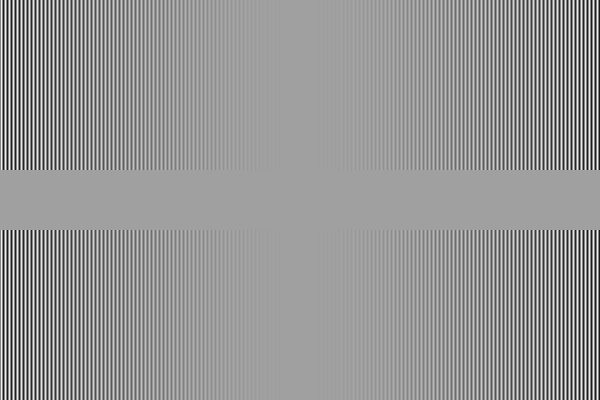
Low-contrast areas first gives perceptually transparent layers in front of the carrier. Then, the illusory surfaces are completed over the occluder (= visual phantoms).
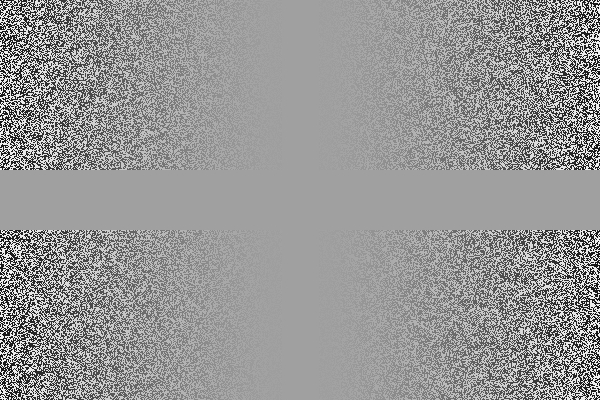
Gyoba, J., Sasaki, H., & Sakurai, K. (2000) Visual phantoms can be produced by second-order gratings. Investigative Ophthalmology and Visual Science, 41(4), S228.
Sakurai, K., Kawabata, H., Sasaki, H. and Kitaoka, A. (2000) Effects of occluder luminance on appearance of moving visual phantoms induced by second-order components. Investigative Ophthalmology and Visual Science, 41(4), S228, Abstract 1199.
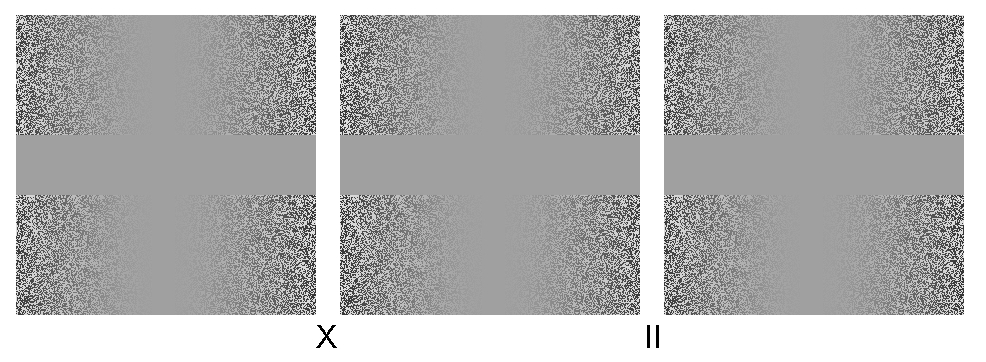
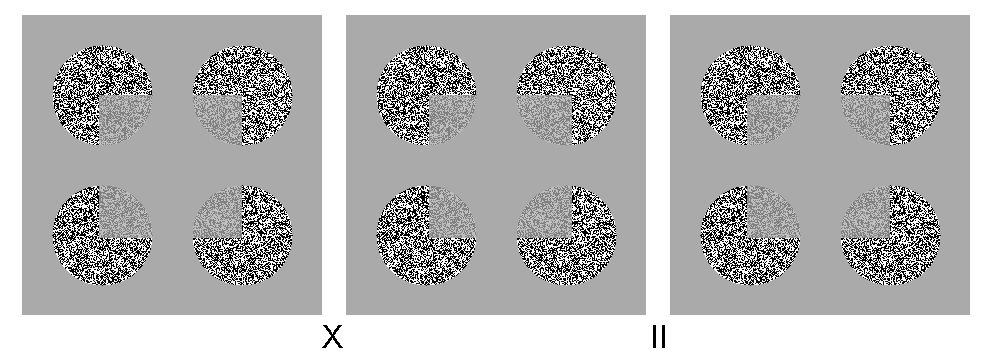
Low-contrast areas appear to be transparent and to be continual in front of the occluder.
There remains a open question whether the second-order component alone produces phantoms or not.
Envelope phantoms are continual with standard phantoms
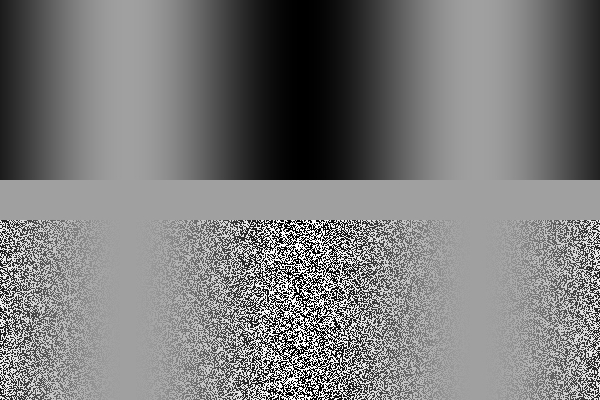
Our claim (again): Low-contrast regions give visual phantoms through perceptual transparency.
A review on visual phantoms is forthcoming!
Kitaoka, A., Gyoba, J. and Sakurai, K. (2006) The visual phantom illusion: a perceptual product of surface completion depending on brightness and contrast. Progress in Brain Research, in press